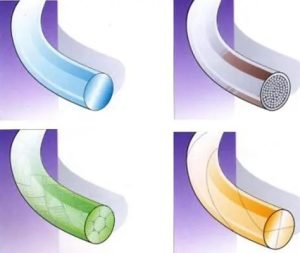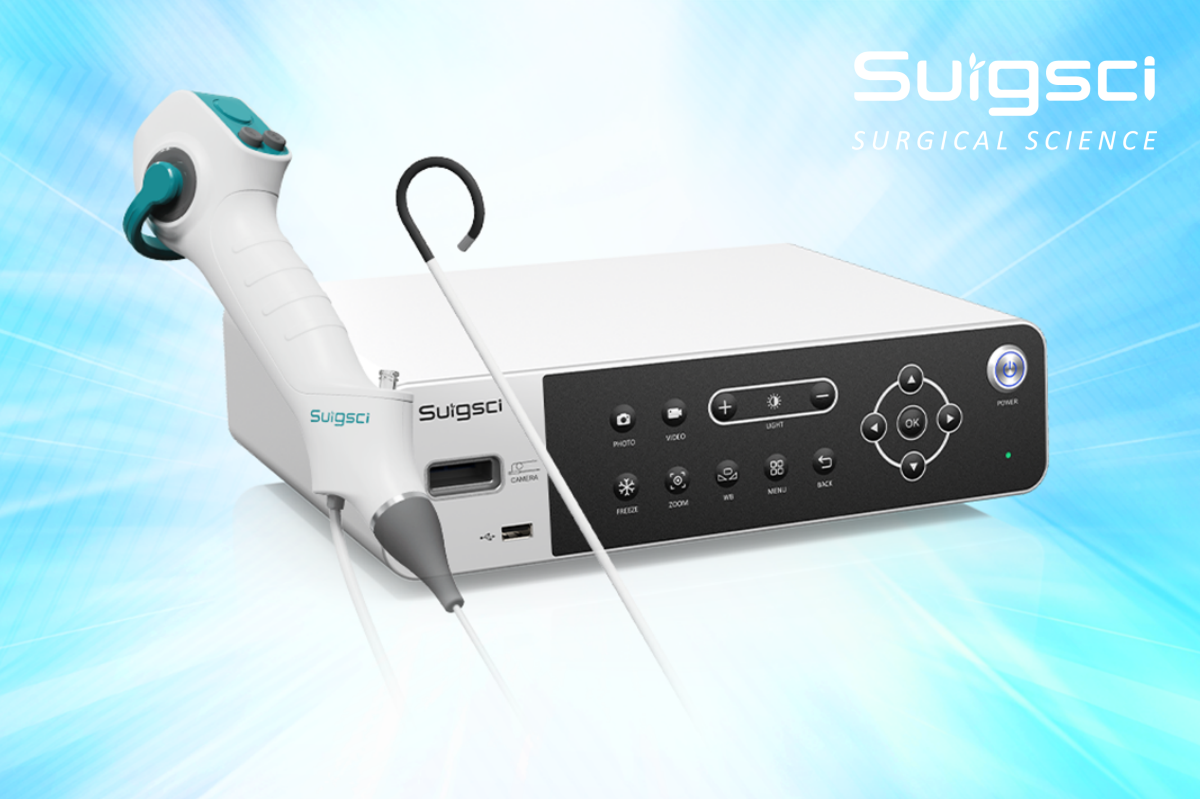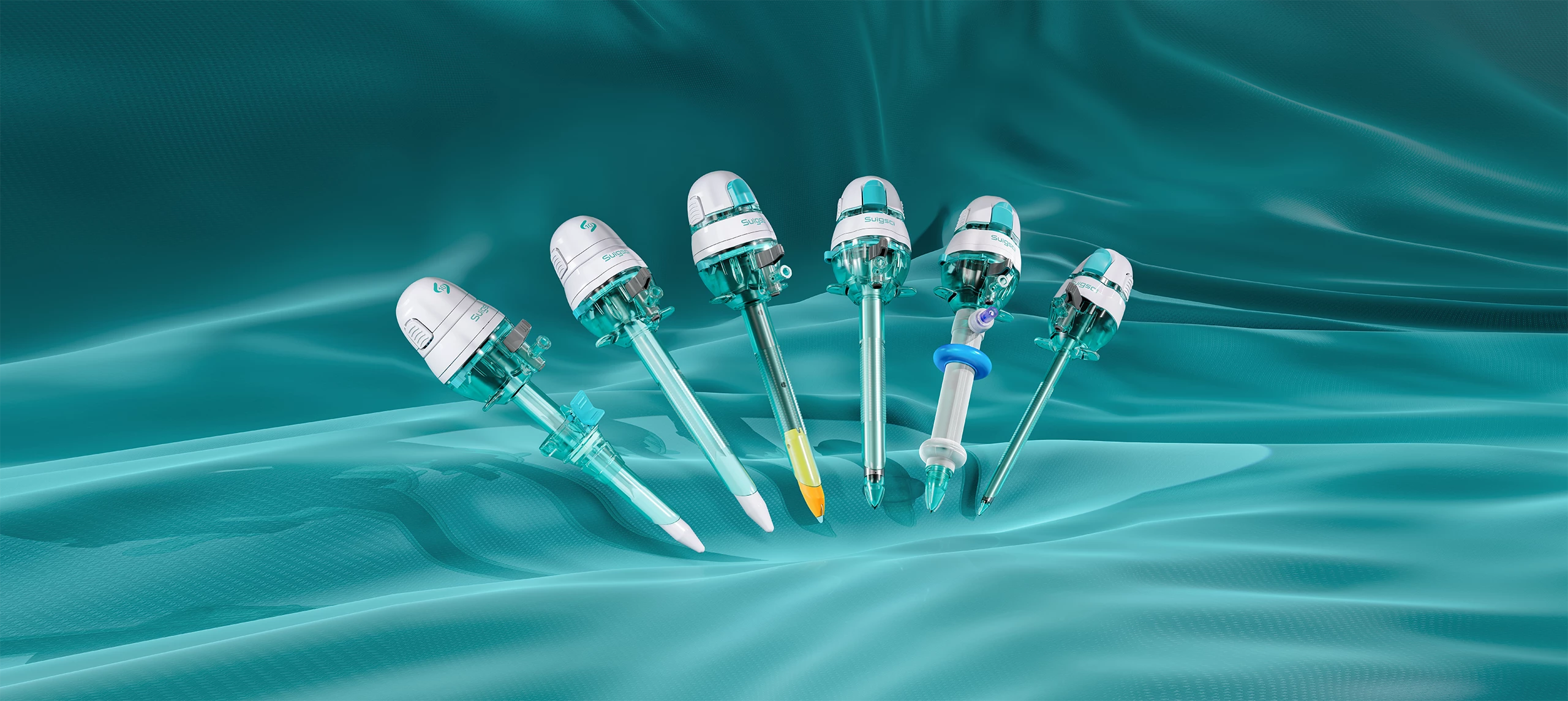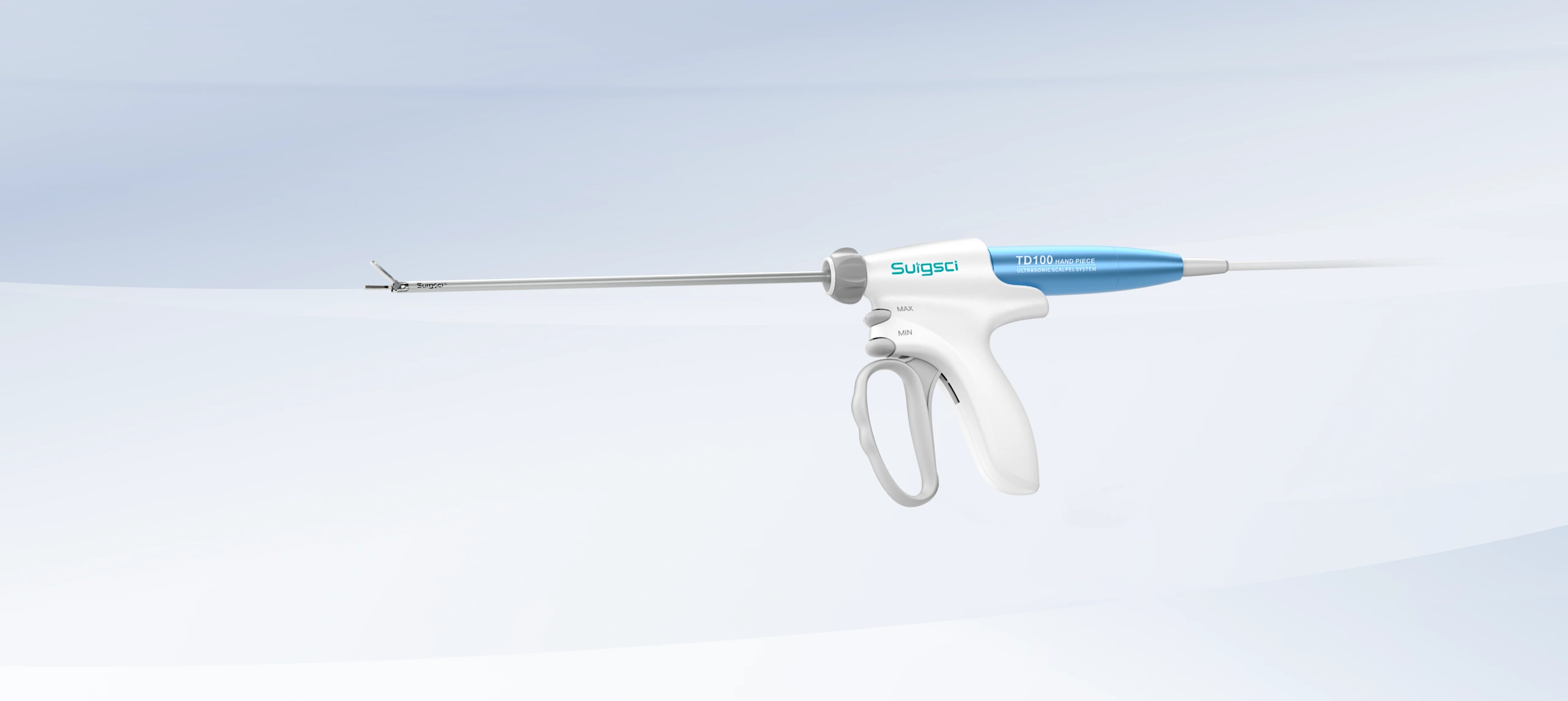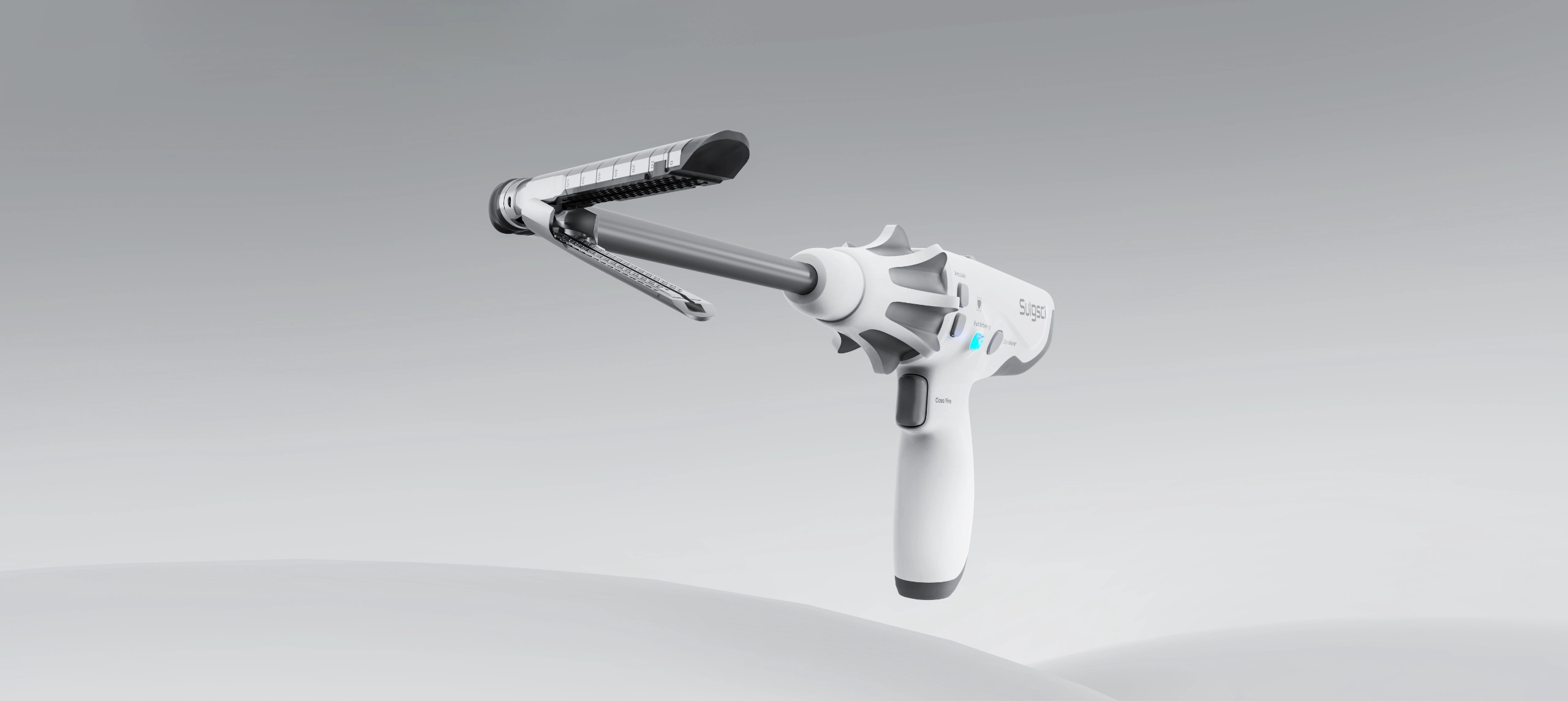Surgical Sutures: An Overview
Surgical sutures play a crucial role in wound closure, tissue repair, and surgical procedures. They essentially consist of a needle and a thread.
Classification of Suture Materials:
Absorbable vs. Non-Absorbable:
Absorbable sutures are broken down by the body via enzymatic reactions or hydrolysis. They are commonly used for deep tissues and rapidly healing tissues.
Examples: Vicryl rapide (absorbed in 42 days), Vicryl (absorbed in 60 days), Monocryl (absorbed in ~100 days), and PDS (absorbed in ~200 days).
Non-absorbable sutures provide long-term tissue support and remain in place until manually removed.
Uses: Closure of abdominal walls, vascular anastomoses, and slow-healing tissues like fascia or tendons.
Synthetic vs. Natural:
Synthetic sutures are made from artificial materials, while natural sutures use fibers from animal tissues (e.g., silk or catgut).
Synthetic materials are more commonly used due to their consistent properties and reduced tissue reaction.
Monofilament vs. Multifilament:
Monofilament sutures consist of a single strand and pass through tissue easily.
Multifilament sutures have multiple strands twisted together, providing better handling but potentially more tissue reaction.
Common Surgical Suture Knotting Methods:
- Square Knot (Reef Knot): Simple and widely used. It involves two throws in opposite directions.
- Surgeon’s Knot: Adds an extra throw to secure the knot better.
- Slip Knot: Allows adjustment before final tightening.
- Instrument Ties: Using forceps or needle holders to tie knots.
- One-Handed Ties: Useful in tight spaces.

Advantages and Disadvantages:
Traditional Knotting Suture Methods:
- Advantages: Familiar, reliable, and versatile.
- Disadvantages: Bulkiness, tissue strangulation risk, and time-consuming.
Knot-Free Suture Barbed Wire:
Advantages:
- Time-Saving: No need for intricate knot tying.
- Reduced Tissue Reaction: Minimal tissue strangulation.
- Uniform Distribution: Even tension along the wound.

Common Barb Shapes and Structures:
- V-shaped barbs: Effective for wound closure.
- Helical barbs: Enhance anchoring.
- Bidirectional barbs: Secure in both directions.

In summary, surgical sutures are essential tools that bridge the gap between healing tissues. Whether it’s a delicate vascular anastomosis or securing a drain, choosing the right suture type and technique is crucial for successful outcomes.
